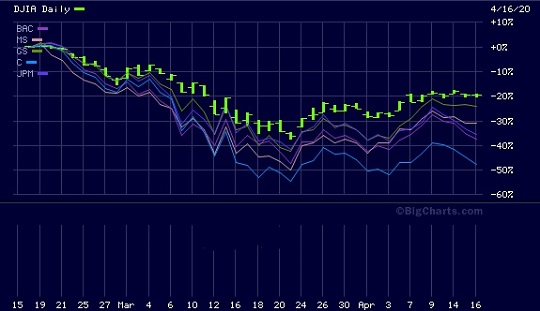As an investor, you’re constantly seeking ways to improve your trading performance and increase your profits. One powerful tool that can help you achieve these goals is a trading journal.
Whether you’re a seasoned trader or just starting out, keeping a trading journal can provide invaluable insights into your trades and help you make better decisions in the future.
In this article, we’ll explore the power of keeping a trading journal and how it can improve your trading performance. We’ll also discuss what a trading journal is, how to set it up effectively, and the essential elements to include.
Furthermore, we’ll delve into tracking trades, learning from mistakes, evaluating strategies, developing discipline, reviewing goals, celebrating successes, regularly updating your journal, and finding accountability partners.
By the end of this article, you’ll have all the tools you need to unlock your potential as a trader through the use of a trading journal.
The Power of Keeping a Trading Journal
A trading journal is a vital tool for traders at all levels. It allows for systematic tracking and analysis of trades, providing valuable insights into patterns and trends that can affect future performance.
By reviewing past trades, traders can make more informed decisions based on historical data rather than relying solely on instinct or emotions. Additionally, a trading journal helps identify strengths, weaknesses, and areas for improvement, leading to refined strategies and better risk management techniques.
Overall, keeping a trading journal is essential for enhancing trading performance and decision-making abilities.
What is a Trading Journal?
A trading journal is a record-keeping tool used by traders to document their trades, strategies, and emotions throughout the trading process. Its purpose is to provide a comprehensive view of trading activities, allowing traders to identify areas for improvement and make more informed decisions in the future.
Trading journals can be either digital or physical, depending on personal preference. Digital journals offer convenience and ease of organization with features like automatic data tracking and analysis. Physical journals provide a tangible experience that some traders find more engaging and reflective.
In summary, a trading journal serves as a valuable resource for traders to track their trades and analyze their performance. It helps traders learn from past experiences, improve their strategies, and make better-informed decisions in the future.
Setting Up Your Trading Journal
When setting up your trading journal, consider whether a digital or physical format is best for you. A digital journal offers convenience and automation, while a physical journal provides a tactile experience for reflection.
Regardless of the format chosen, include essential elements in your trading journal:
– Trade details: Record entry and exit points, timeframes, position size, and risk-to-reward ratios.
– Trade analysis: Reflect on outcomes, profitability or loss, decision-making process, and emotional factors.
– Charts and graphs: Visualize trade performance to identify trends and patterns.
– Personal notes: Include relevant thoughts or observations about your trading journey.
With these elements in place, your trading journal becomes an invaluable tool for analyzing and improving performance. Consistency and discipline are key.
Tracking Your Trades
To effectively manage your trades, tracking and analyzing them is crucial for success. By keeping detailed records of entry and exit points, timeframes used for analysis, indicators employed, and relevant news events, you can gain valuable insights and improve your trading strategy.
Analyzing trade outcomes allows you to identify patterns or trends that emerge from the data. By reviewing both successful and unsuccessful trades, you can learn from past experiences, identify common mistakes, and refine your strategies.
Look for patterns in entry and exit points, risk management strategies, and emotional influences on decision-making.
Tracking your trades and analyzing outcomes is vital for improving as a trader. It helps you make informed adjustments to your strategy based on past successes or failures, minimize losses through better risk management, and develop a disciplined approach to trading.
Identifying and Learning from Mistakes
To improve as a trader, it is crucial to identify and learn from mistakes. Common errors include holding onto losing positions for too long, overtrading, and neglecting risk management. By recognizing these mistakes in your trading journal, you can actively work towards eliminating them from your strategy.
Reflect on past trades, understand the causes of errors, and develop strategies to avoid repeating them. In Part II of this article, we will explore evaluating strategies, developing discipline, reviewing goals, celebrating successes, updating your journal regularly, and finding accountability partners.
A well-maintained trading journal empowers you to make better decisions and unlock your potential in the market. Embrace the learning process and strive towards becoming a more successful trader.
[lyte id=’qefG3V0qfck’]




